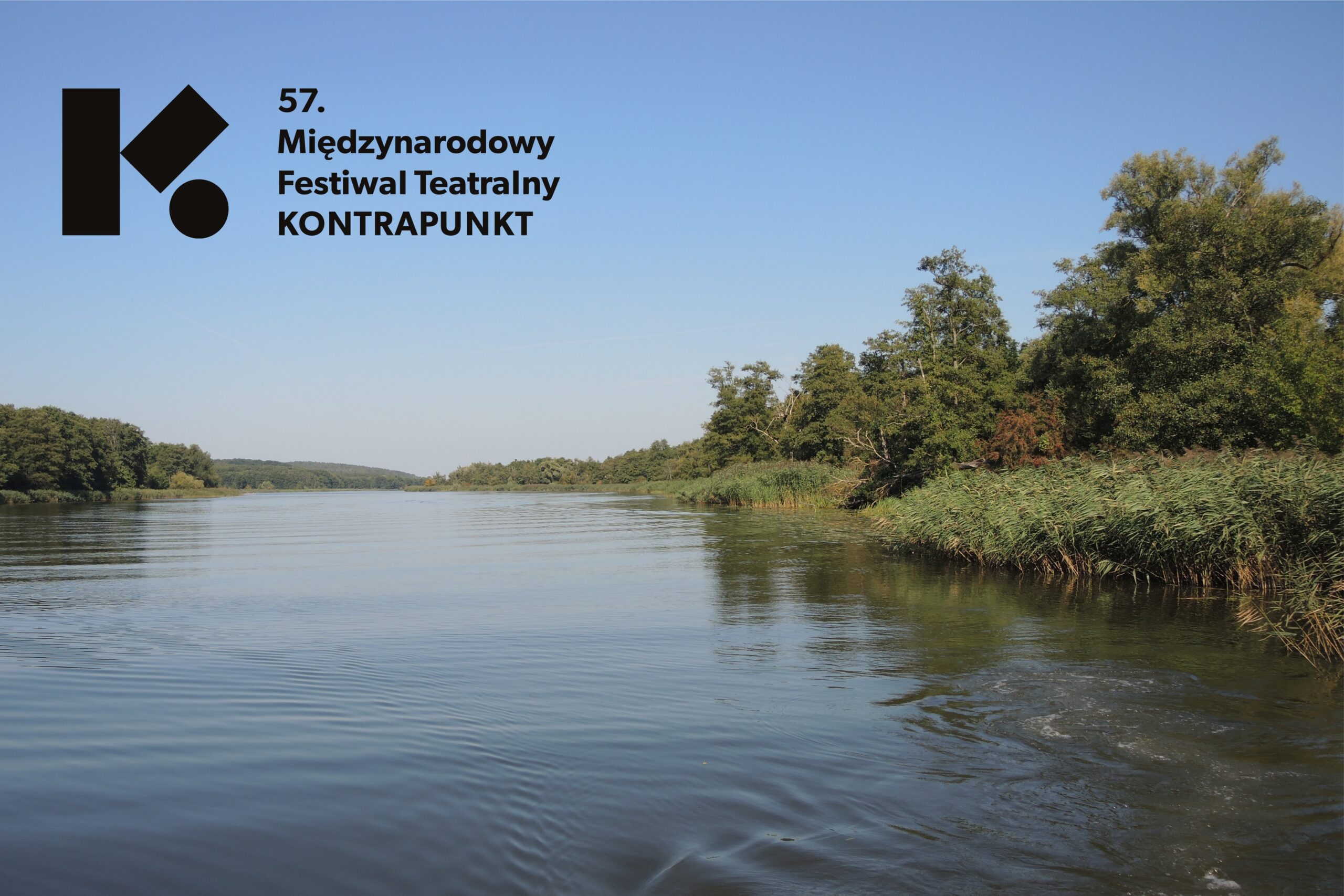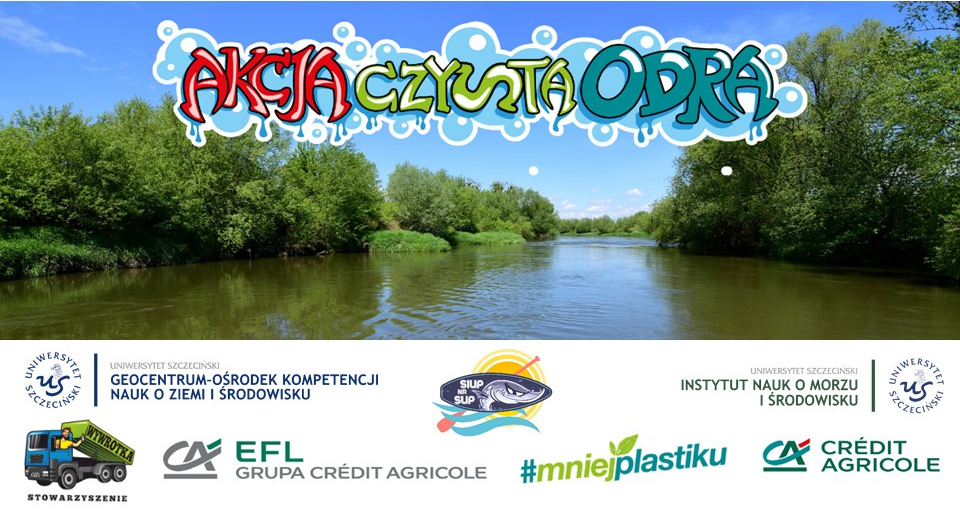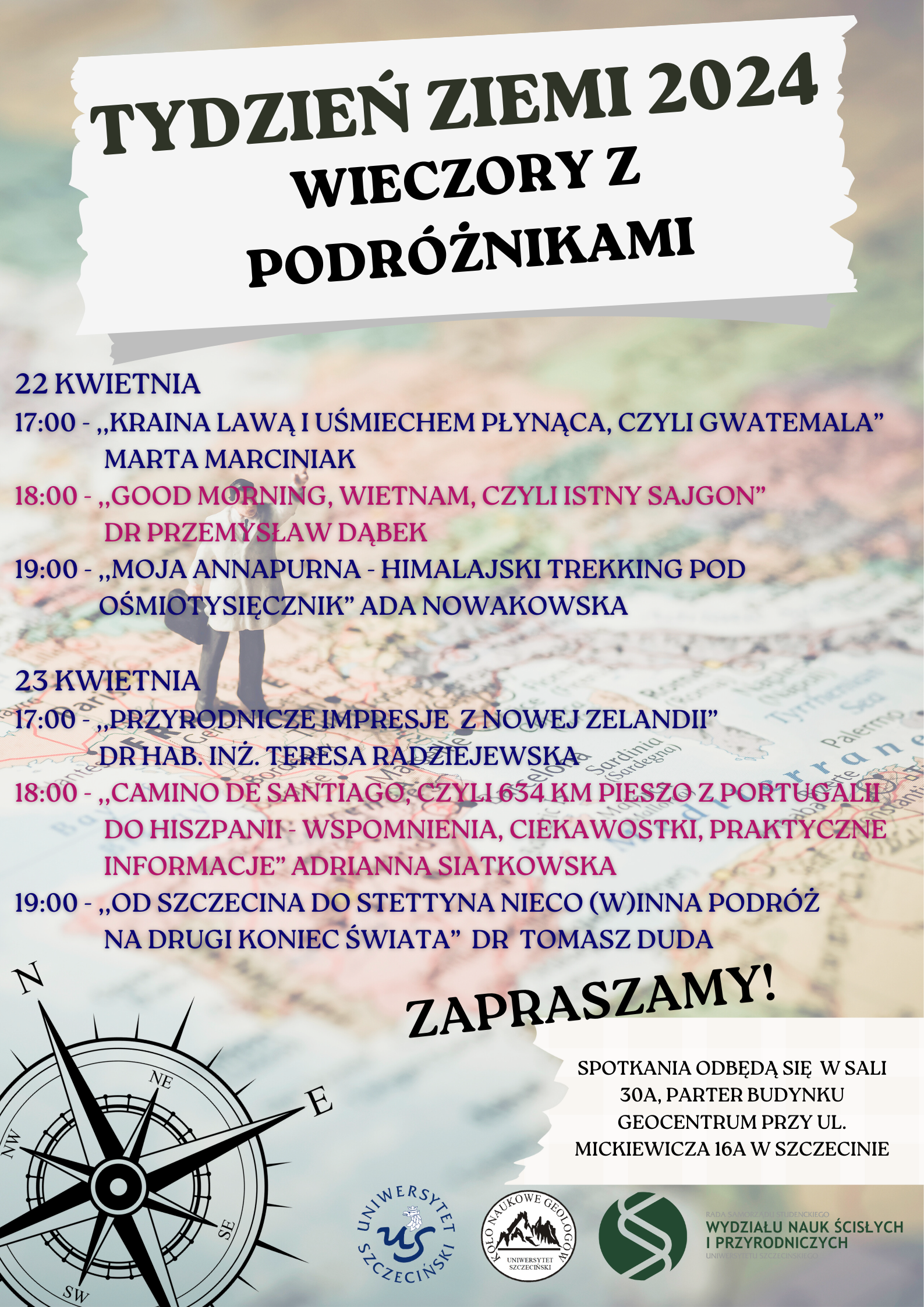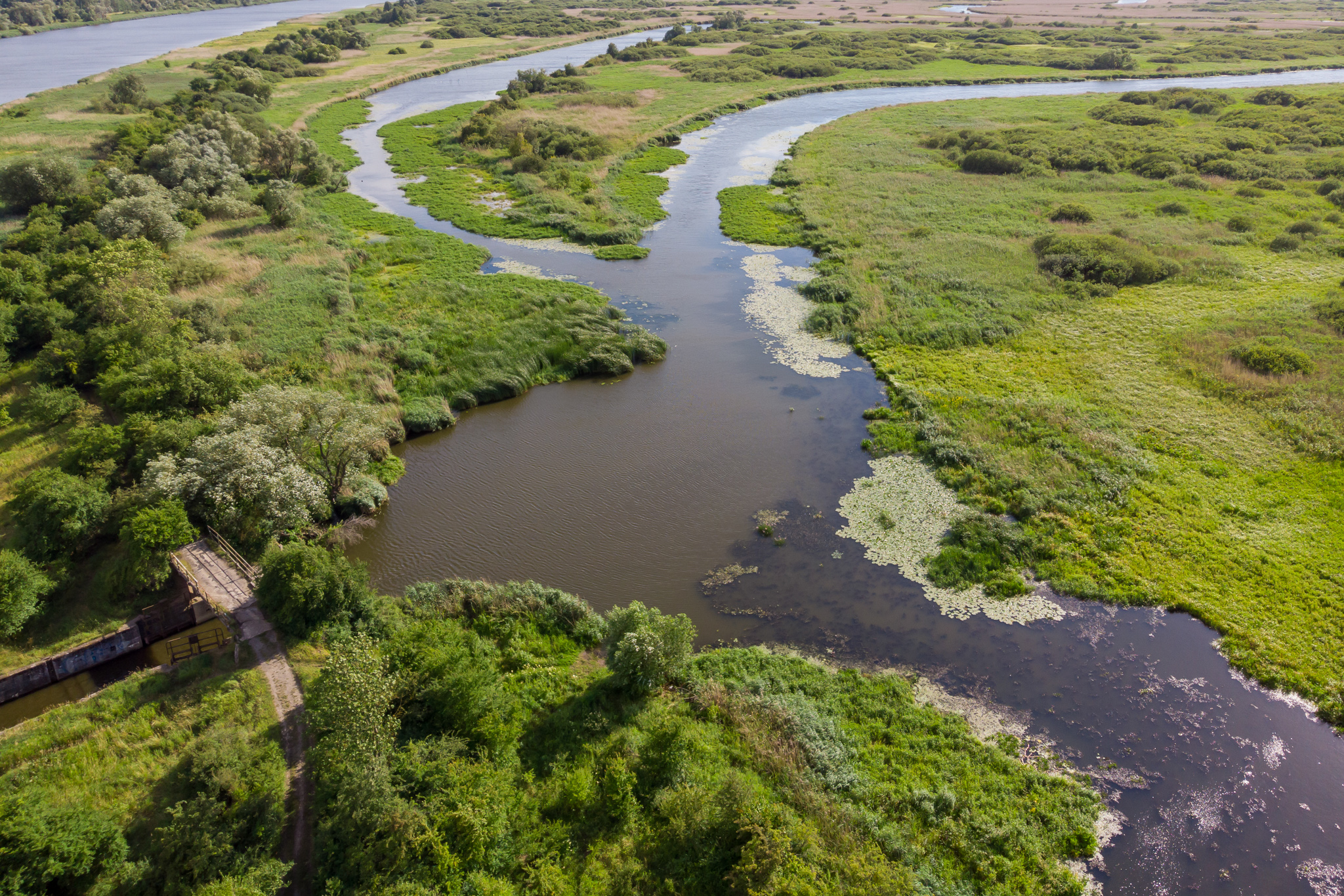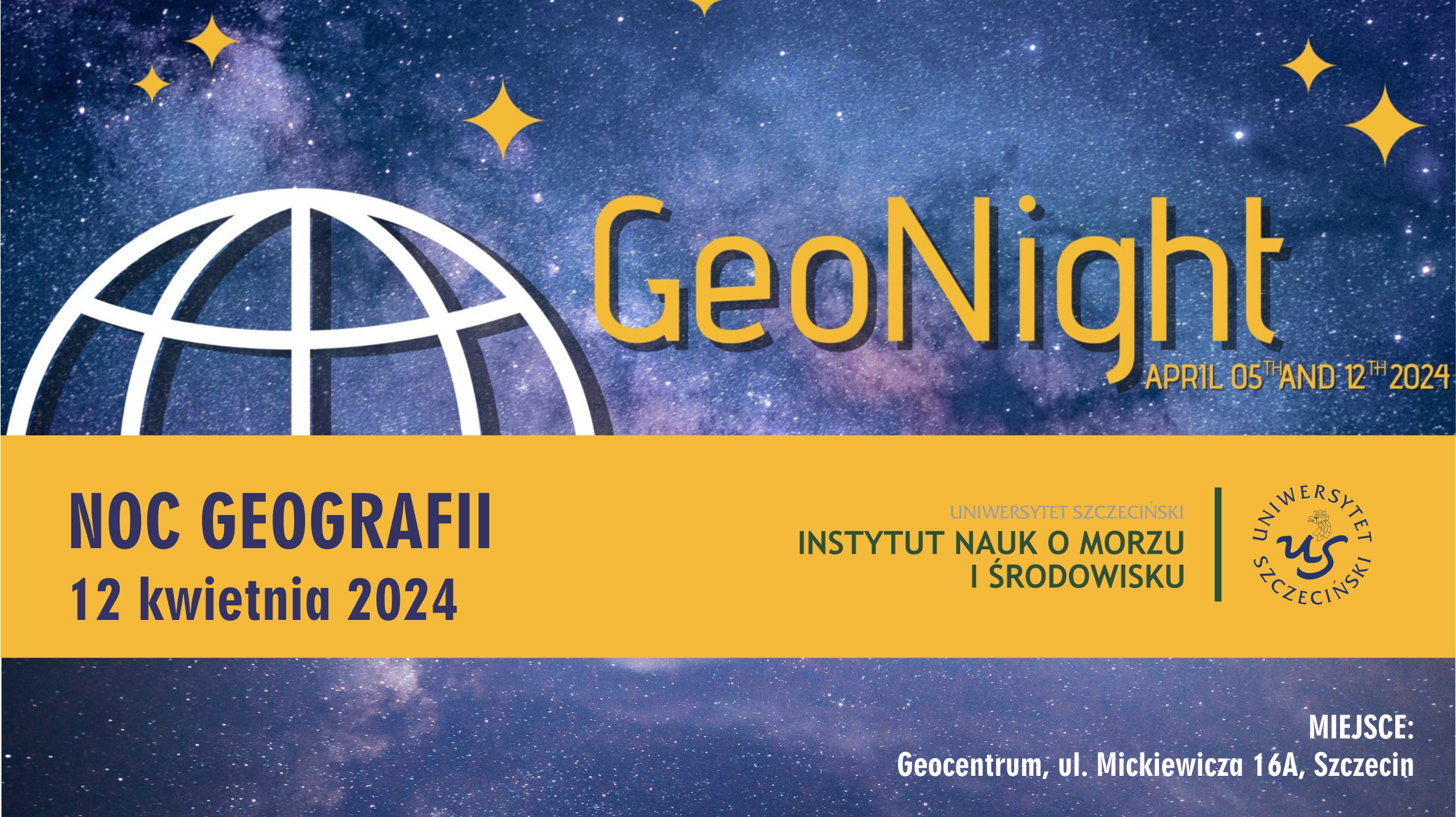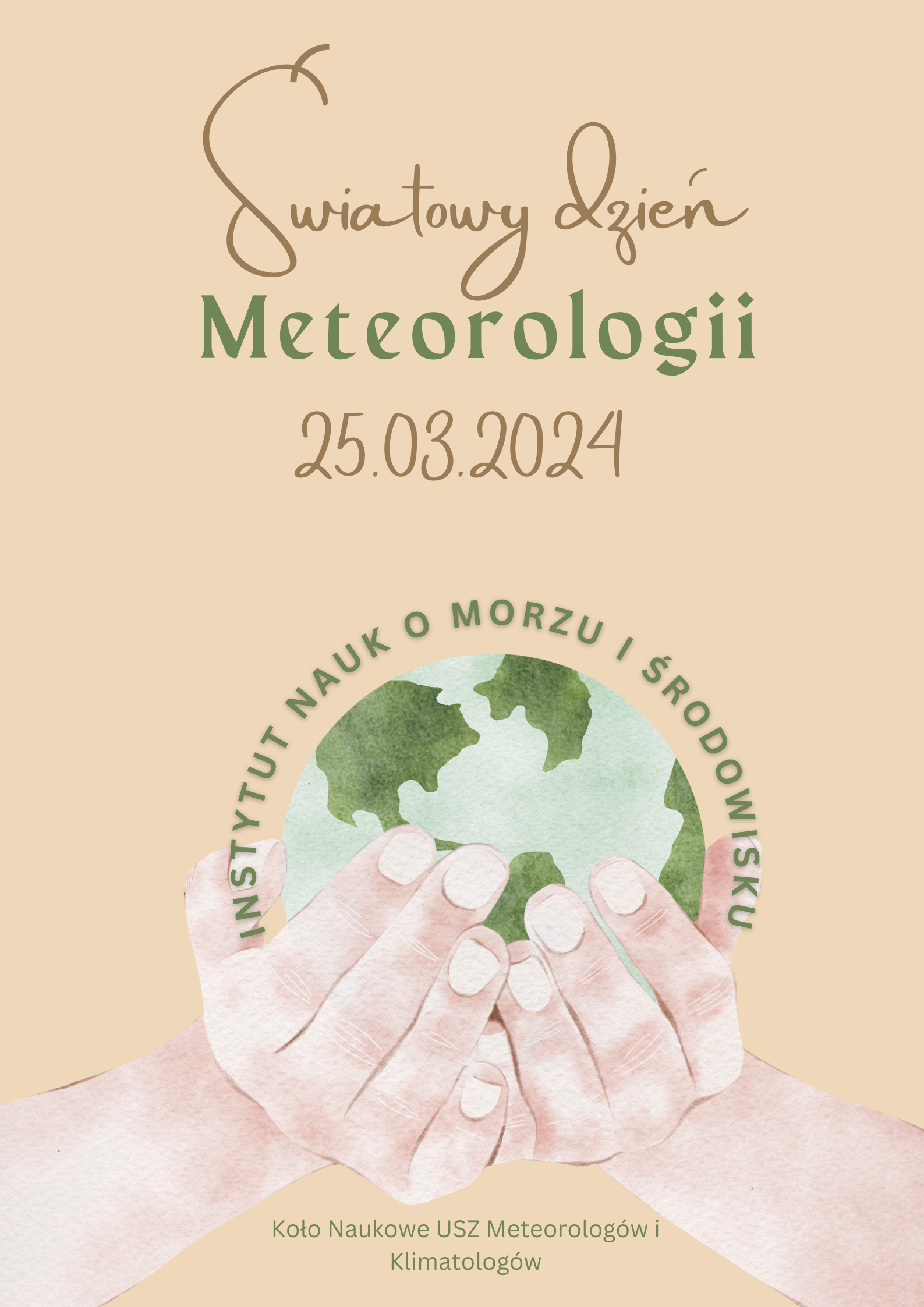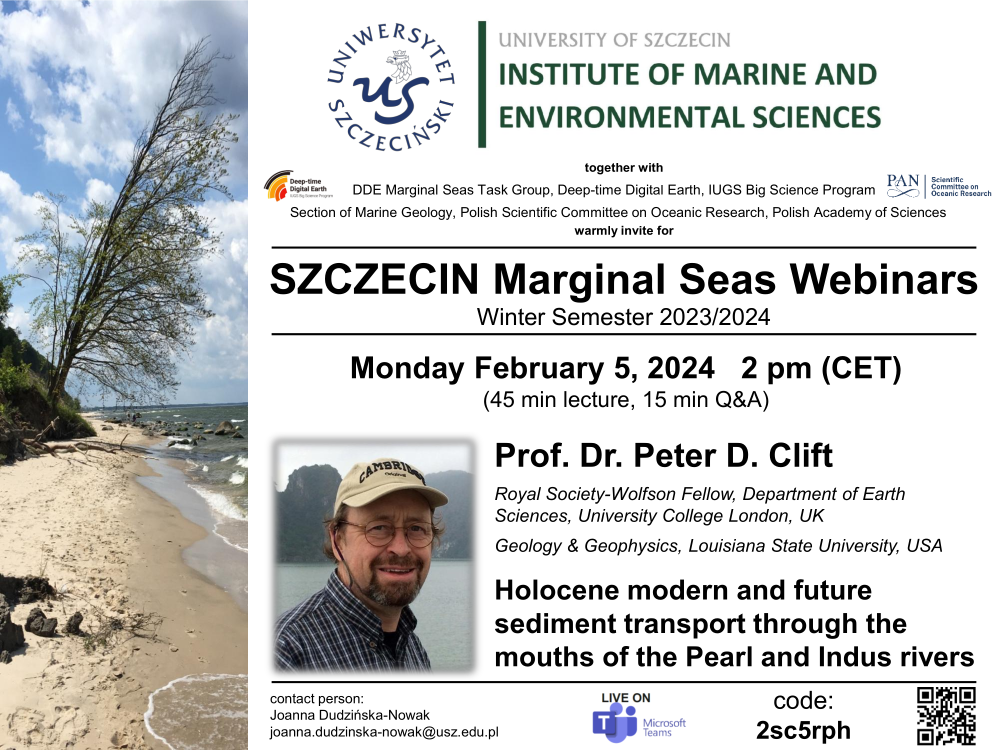
Instytut Nauk o Morzu i Środowisku oraz Sekcja Geologii Morza Komitetu Badań Morza Polskiej Akademii Nauk i DDE Marginal Seas Task Group, serdecznie zapraszają społeczność akademicką na nadzwyczajne seminarium naukowe organizowane w ramach cyklu Szczecin Marginal Seas Webinars, wyjątkowo w najbliższy poniedziałek 5 lutego 2024 r. w formie hybrydowej: stacjonarnie w sali 111 budynku Mickiewicza 16 oraz online za pośrednictwem platformy MS Teams.
Tym razem, gościem Instytutu Nauk o Morzu i Środowisku US będzie światowej sławy brytyjski geolog morski i geofizyk specjalizujący się w geologii Azji i zachodniego Pacyfiku, w 2023 roku odznaczony Medalem Lyella Towarzystwa Geologicznego w Londynie, Prof. Dr. Peter D. Clift (Royal Society-Wolfson Fellow, Department of Earth Sciences, University College London, UK and Geology & Geophysics, Louisiana State University, USA), który wygłosi referat pt: “Holocene modern and future sediment transport through the mouths of the Pearl and Indus rivers“.
Abstract:
“Sediment flux to the ocean in Asia is controlled by rates of erosion which are mostly modulated by monsoon intensity, as well as by intermittent storage and release of sediment between the mountain sources and the deep sea depo-centres. This in turn is related to climate because of the control imposed by sea level variations, as well as the filling and incisions of valleys and aggradation and incision on floodplains. In the Indus River catchment, it is possible to make a sediment budget for the volumes being stored and released. This shows that at the present time much of the sediment reaching the Indian Ocean is derived from the reworking of Himalayan glacial moraines and the erosion of fresh bedrock. However, none of the sediment is actually reaching the deep ocean at the present time. Anthropogenic influences after 5000 y BP (e.g., Harappan Culture) have affected the sediment composition by increasing erosion of weathered soils due to ploughing and deforestation. Conversely during glacial maxima sedimentation is rapid in the deep ocean, although around 75% of that material is reworked out of highstand deposits, largely in the delta and lower reaches of the floodplain, as well as from clinoforms on the continental shelf.
In addition, we see evidence for significant reworking of shelf deposits in the South China Sea, both around Taiwan and offshore the Pearl River Delta. The Pearl River in particular has experienced significant reworking in the last 3000 years, driven by human activity as this region was settled from the north. Increased flux of sediment which is also of a strongly weathered character commenced after the onset of agriculture throughout the basin. The future and development of the Pearl River Delta is controlled, not only by the widespread damming but by future sea level rise which threatens the infrastructure in Hong Kong and Guangzhou, as well as many other coastal cities. In theory, sediment from the Pearl River could be used to protect the coast from sea level rise, but only if sediment delivery rates can be restored to the historical average. A carbon neutral method such as planting of mangroves may provide a method for capturing the sediment at the shoreline where it is most needed. Alternatively large scale diversion of the Pearl River may be an effective mechanism for trapping this sediment in the defence of the coastal cities of the region”.






